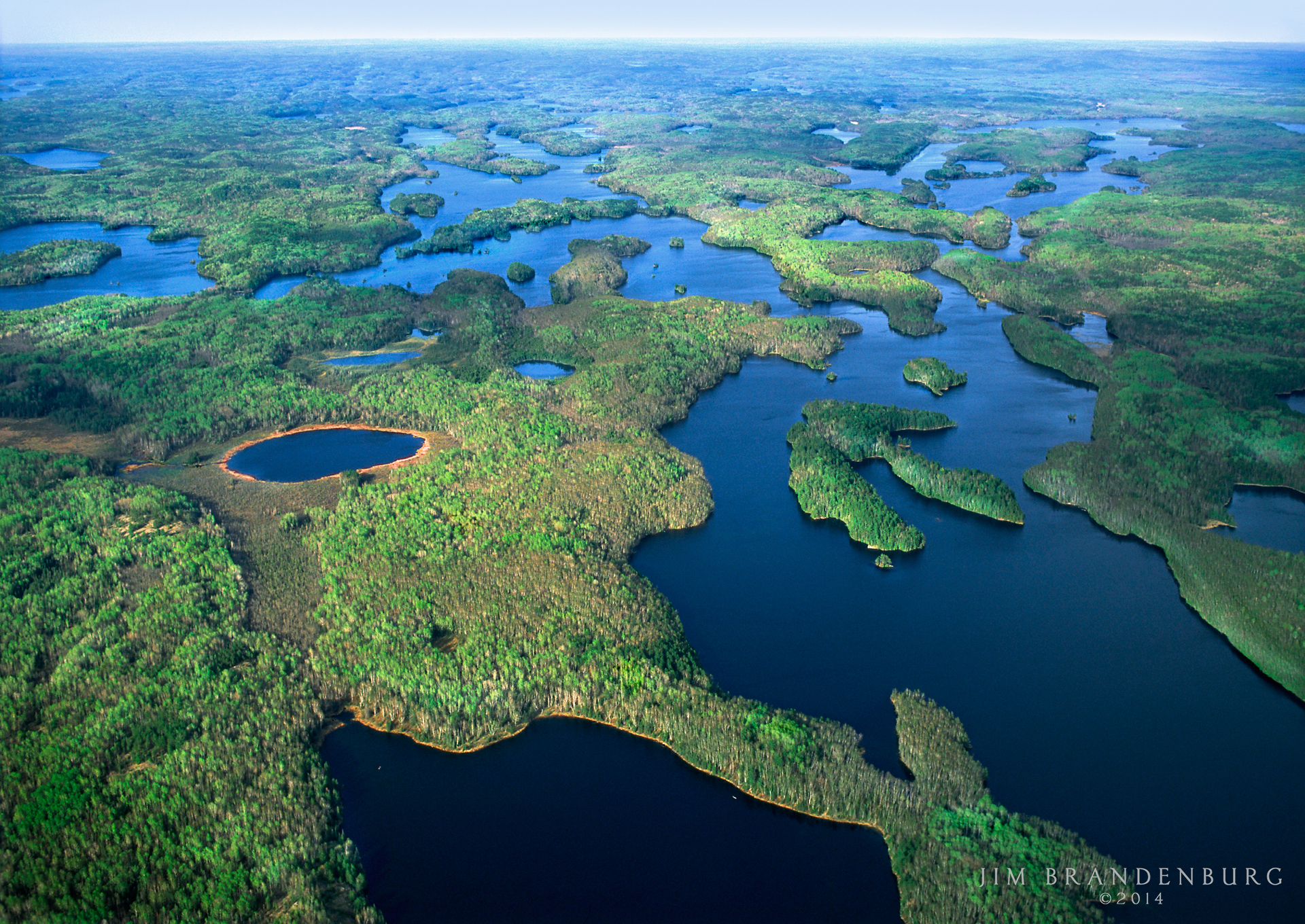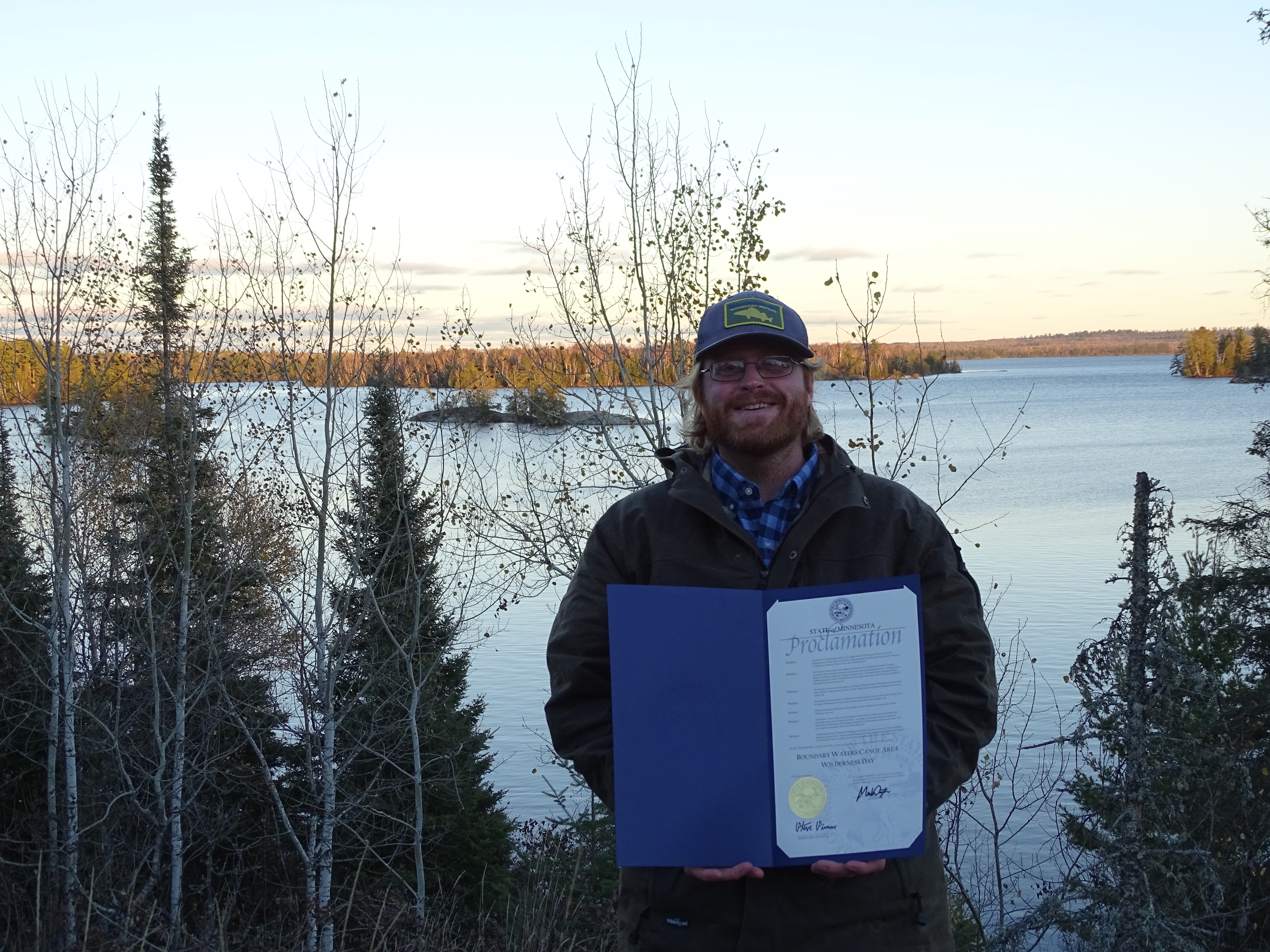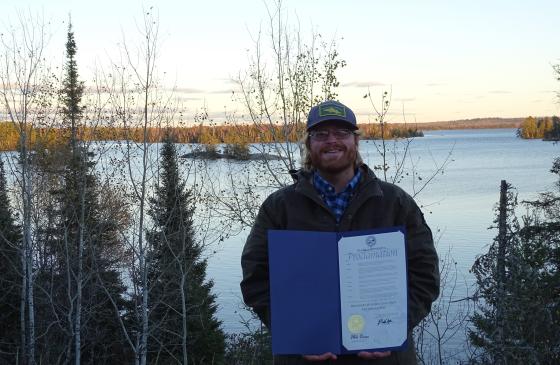
The Campaign to Save the Boundary Waters celebrates October 21, this landmark date, as “Boundary Waters Day.” 42 years ago, on October 21, 1978, President Jimmy Carter signed the Boundary Waters Canoe Area Wilderness Act. This Act expanded the size of the Wilderness and added important protections. The 40th anniversary of the Boundary Waters Wilderness Act was marked by Governor Mark Dayton, who issued a proclamation highlighting the passage in 2018.
The Boundary Waters is America’s most visited Wilderness, a canoe country Wilderness with over 1,100 lakes to paddle through and portage to. We must continue to protect this unique landscape for future generations. Take action now to protect the legacy of the Boundary Waters Canoe Area Wilderness:
TAKE ACTION:
Tell your Congressional Representative to Protect the Boundary Waters
Tell Senators Klobuchar and Smith to Protect the Boundary Waters (Minnesota Only)
History of Boundary Waters Protections
The Boundary Waters and Superior National Forest are Anishinaabe land. The Boundary Waters region and the Superior National Forest are within the 1854 Treaty Ceded Territory where Anishinaabe people (also known as Ojibwe or Chippewa) have lived for generations.
The fight to protect these lands has been long and contentious, and continues today with the threat of sulfide-ore copper mining on lands in the headwaters of the Wilderness.
The first U.S. government act of protection for this canoe country was in 1902 when the U.S. Land Office withdrew 500,000 acres in the future Boundary Waters from settlement. Between 1905 and 1908 General C.C. Andrews, Minnesota Forestry Commissioner, persuaded the U.S. Land Office to withdraw 659,700 more acres in the future Boundary Waters from settlement.
President Theodore Roosevelt established the Superior National Forest in 1909 from previously withdrawn public domain lands while the Minnesota Legislature created a 1.2 million acre Superior Game Refuge, similar in area to the Superior National Forest and including most of the present Boundary Waters. Development of roads in the Superior National Forest led to concern about the development of the area, causing U.S. Agriculture Secretary W.M. Jardine to establish a 640,000 acres roadless wilderness area in a policy to “retain as much as possible of the land which has recreational opportunities of this nature as a wilderness.” Landmark federal and state legislation followed to further protect the area, including the Shipstead-Newton-Nolan Act of 1930, the Little Shipstead-Newton-Nolan Act of 1933, and the Thye-Blatnik Act of 1948.
In response to airplane landings and overflights that threatened the canoe country, in 1949, President Harry Truman signed an Executive Order which prohibited aircraft from flying over the area below 4,000 feet above sea level. These types of actions continued through the following decades leading up to the Wilderness Act of 1964.
On September 3, 1964, the Wilderness Act was signed into law by President Lyndon B. Johnson. The Wilderness Act established the National Wilderness Preservation System (NWPS) and is considered one of the most pivotal conservation efforts for America’s public lands. The Boundary Waters was included in the Wilderness Act as one of the original nine million acres of federal public lands in the NWPS. But the Wilderness Act allowed some incompatible activity to continue in the Boundary Waters such as use of motor boats, mining, and some logging.
These incompatible uses were addressed in the 1978 Boundary Waters Canoe Area Wilderness Act, which was signed into law on October 21,1978 by President Jimmy Carter. The Boundary Waters Wilderness Act added 50,000 acres to the Boundary Waters to bring the Wilderness Area to 1,098,057 acres of protected land and waters in the Superior National Forest.
The Boundary Waters Canoe Area Wilderness Act:
-
Banned logging
-
Banned mineral development and mining
-
Banned snowmobile use within the Wilderness
-
Phased out motor boat usage and limited the size of motor boats, while leaving some lakes open to motor boat usage (22% of the water surface area).
-
Established a 220,000 acre buffer area around the three major entry points to the Wilderness where no mining would be allowed
-
Directed the Forest Service to maintain the high water quality of the Wilderness and the buffer area and to minimize to the maximum extent possible the environmental impacts associated with mineral development affecting the Boundary Waters and the federal buffer area.
Today, the fight to protect the Wilderness continues. While the Wilderness Area and the federal buffer area are protected from mining, the headwaters of the Wilderness is not. The Boundary Waters is threatened by proposals for toxic sulfide-ore copper mines in its headwaters, where all surface waters flow into the Wilderness. Pollution from this risky type of mining would degrade downstream waters and forests of the Boundary Waters, Voyageurs National Park, and Canada’s Quetico Park, and would irreversibly damage our beloved canoe country.
In January 2020, U.S. Rep. Betty McCollum introduced a bill in Congress that would protect the Boundary Waters by withdrawing 234,328 acres of federal lands and minerals from the federal mining program. H.R. 5598, entitled “The Boundary Waters Wilderness Protection and Pollution Prevention Act,” would ban sulfide-ore copper mining of federal lands in the Rainy River Headwaters watershed, where waters drain into the Wilderness, Canada’s Quetico Park, and Voyageurs National Park. This bill passed out of the Natural Resource Committee in September and heads to the House floor for a vote by the entire U.S. House of Representatives.
TAKE ACTION TO PROTECT THE WILDERNESS:
Tell your Congressional Representative to Protect the Boundary Waters
Tell Senators Klobuchar and Smith to Protect the Boundary Waters (Minnesota Only)

The 40th anniversary of the Boundary Waters Wilderness Act was marked by Governor Mark Dayton, who issued a proclamation shown above!
